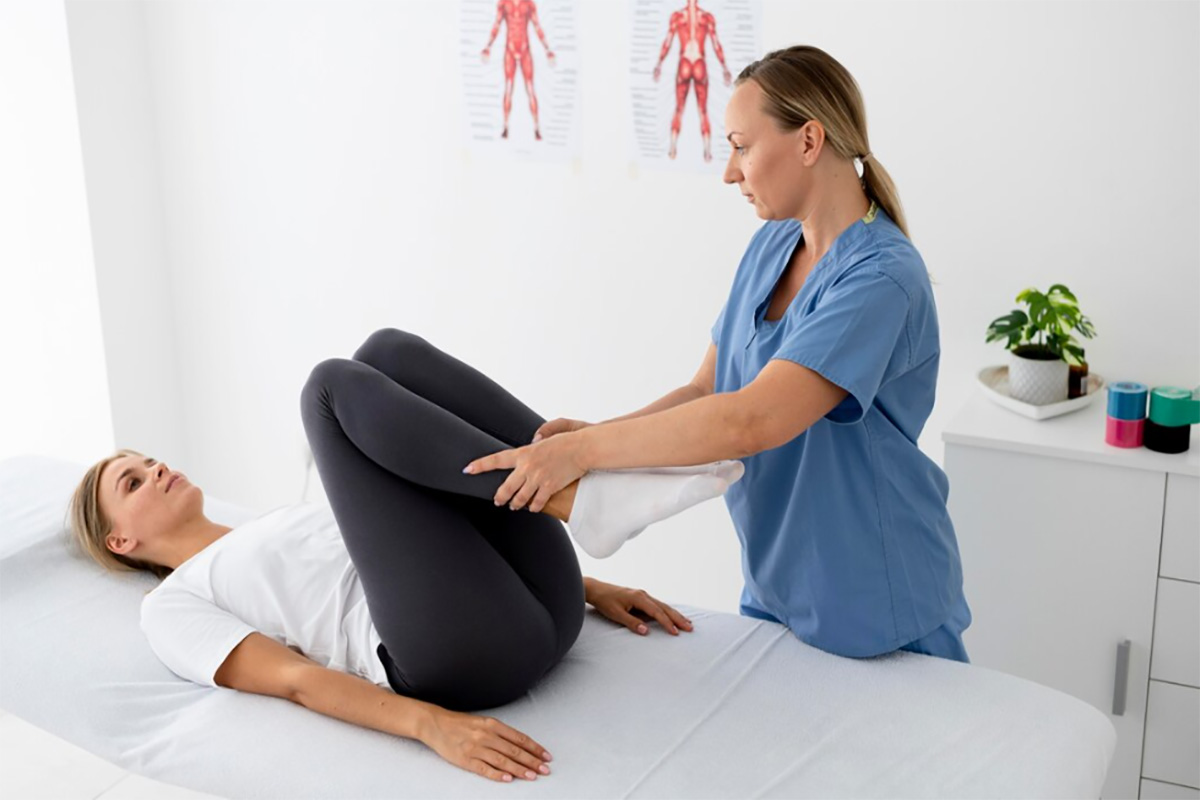Urinary urgency is a common concern that affects many individuals, often impacting their daily lives and overall well-being. In this blog post, we’ll delve into the concept of urinary urgency, shed light on what constitutes normal bladder function, explore preventive measures, and discuss effective treatment strategies. Furthermore, we’ll highlight the pivotal role pelvic floor therapy plays in addressing urinary urgency and other bladder-related issues.
Defining Urinary Urgency:
Urinary urgency refers to a compelling and sudden need to urinate, often accompanied by the fear of leakage if one does not reach a restroom promptly. While occasional urgency is a normal part of life, persistent or bothersome urgency can indicate an underlying issue that requires attention.
A lot of us have unlimited access to the bathroom, so we don’t really focus on how often we are going or how much we are emptying. But then you may go to the amusement park, or be in a long meeting …and feel like you don’t have the ability to hold it. Sound familiar? Then you are in the right place.
Understanding Bladder Norms:
Normal Bladder Function:
- The bladder is a muscular organ that stores urine until it’s ready to be emptied. When it’s ready, it begins to contract involuntarily (meaning you don’t have conscious control over it contracting) to empty.
- On average, adults typically urinate 6 to 8 times a day, and the urge to urinate arises when the bladder is around half full.
- Healthy bladder function involves the ability to postpone urination until a convenient time and to empty the bladder fully when the urge arises.
Factors Influencing Bladder Health:
- Hydration levels: Adequate fluid intake is crucial for overall health, but excessive or insufficient hydration can impact bladder function.
- Pelvic floor health: The pelvic floor muscles play a key role in bladder control. Weak or overly tense pelvic floor muscles can contribute to urgency and other bladder issues.
- Irritants: The bladder can be irritated by certain substances like carbonation, caffeine, acidic foods, and alcohol.
Preventing Urinary Urgency:
Maintain Hydration Balance:
- Stay adequately hydrated but be mindful of excessive fluid intake, especially close to bedtime. It is not necessarily a good strategy to avoid drinking water to prevent urgency, because your pelvic floor needs to be hydrated in order to function well.
- Limit bladder irritants, as they can irritate the bladder and contribute to urgency. Or at least adjust when you are drinking them, according to when you know you will have access to a bathroom. In general, it is good to know what typically triggers your urgency, so you can plan accordingly or start to adjust to accommodate for it.
Healthy Bathroom Habits:
- Avoid holding urine for extended periods; which I understand is hard for some (I see you, nurses and teachers!). Aim for every 2-4 hours to empty your bladder.
- Avoid “just in case” peeing. That means going ALWAYS when you leave the house, or get in the car, or before you go for a run – even when you don’t feel the urge to go. This can start to train your bladder to give you that urgent signal more often, and it will make it harder to hold it when you feel that urge. The bladder can be trained, and we want to use that to our advantage, and not create unhealthy habits.
Treatment Strategies for Urinary Urgency:
Behavioral Interventions:
- Bladder training involves gradually increasing the time between bathroom visits, helping retrain the bladder to hold larger volumes of urine. Try this:
- When you feel the strong urge, and you know you just went recently – don’t give in to the urge right away and run to the bathroom. PAUSE, take a few deep breaths – letting your belly, ribs, pelvic floor relax on the inhale, and then a long exhale. Do that for 3-4 breaths, then try to distract yourself to take your mind off the urge. Gradually try to extend the interval between voids, maybe 5 or 10 minutes at a time.
- If you are holding TOO long, scheduled voiding involves following a regular bathroom schedule, even if you don’t feel the urge – this is to avoid going too long without emptying the bladder. Set a silent alarm and take breaks from work to make sure you are emptying regularly.
Pelvic Floor Therapy:
- Pelvic floor therapy is a specialized form of physical therapy that focuses on the muscles, ligaments, and connective tissues in the pelvic region.
- Therapists work with individuals to assess and address issues such as muscle tension, weakness, or dysfunction in the pelvic floor. They can also teach you how to retrain your bladder so it is no longer triggered as easily by things like running water, and you can have the confidence again to make it to the bathroom with ease.
The Role of Pelvic Floor Therapy:

Muscle Assessment:
- Pelvic floor therapists can conduct a thorough assessment to identify any muscle imbalances, weakness, or tension in the pelvic floor muscles.
Individualized Treatment Plans:
- Based on the assessment, therapists develop personalized treatment plans that may include exercises, manual therapy, and relaxation techniques to address specific pelvic floor issues.
Education and Lifestyle Modifications:
- Pelvic floor therapy involves educating individuals about healthy bladder habits, proper posture, and exercises to enhance pelvic floor function.
Conclusion:
Understanding urinary urgency, recognizing normal bladder norms, and implementing preventive measures are crucial steps in maintaining bladder health. Treatment strategies, including behavioral interventions and pelvic floor therapy, offer a holistic approach to addressing urinary urgency. If you’re experiencing persistent or bothersome symptoms, including pelvic floor therapy in your care plan can be a valuable step toward achieving better bladder function and overall well-being. Consult with healthcare professionals to determine the most suitable approach for your individual needs and embark on a journey toward optimal bladder health.
Cheers,
Logan Lynch
Owner & Head Clinician at Life In Motion Physical Therapy




